In order to cater the needs of customers, many different versions of external monitors are launched in the market, for example, monitors in different resolutions, different colors and different connection methods. It is not difficult to see external monitors from one series provide both wired connection and wireless connection version.
What are the differences between wired and wireless portable monitors?
The most apparent difference must be the connection method. Let me firstly introduce some of the common connection methods of wired and wireless monitors respectively.
Common Wired Monitor Connection method
1. HDMI
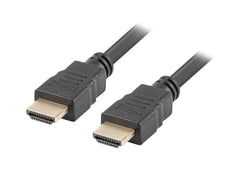
High-Definition Multimedia Interface (HDMI) ports can be mainly found in new computers and HD TVs. HDMI cables carry both HD video and audio signals. Therefore, if you connected your device to an external monitor which has built-in speakers, audio can also be exported and come out from the external monitor.
As many types of devices with different built-in ports are launched, there are also various types of HDMI cables in the market, like HDMI to Type C, HDMI to USB and HDMI to mini HDMI.
2. Type C

Type C, also known as USB-C, is a connector that is able to transmit data and power on a single cable. However, not all devices with Type C port support data transmission function.
Just like HDMI cable, there are also many types of Type C cables, for example, Type C to Type C, USB to Type C and Lightning.
3. VGA
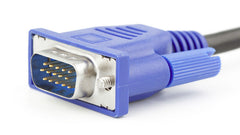
VGA connector was developed by IBM and introduced in 1987. VGA utilizes analog signals, which means it's only capable of lower resolutions and a lower quality display on screens.
Because of its limitation, it is uncommon to see VGA in new devices. VGA is mainly replaced by other connectors like HDMI.
Common Wireless Monitor Connection method
1. WiFi
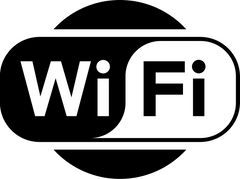
For most of the wifi wireless connection, a screen mirroring adaptor will usually be attached with the external monitor, in order to connect it with the wifi. The principle of it is transferring display data over wifi network.
What are the advantages and disadvantages of both types of connection?
Wired Monitors
|
Advantages |
Disadvantages |
|
More stable connection
|
Damages to cable affects heavily
|
|
Easy setup
|
Low portability
|
|
Prompt response time
|
Human error affects
|
Wireless Monitors
|
Advantages |
Disadvantages |
|
Free to move around the place
|
More complicated setup
|
|
More portable and lighter in weight
|
Unstable response time
|
|
No limitation on devices model
|
May not be able to connect other wireless devices
|
Lexuma XScreen Series has different models, including both wired and wireless versions.
|
Wired Version |
Wireless Version |
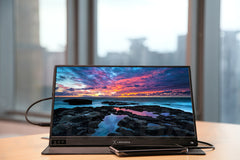 |
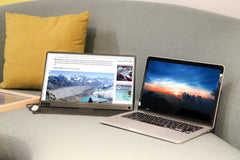 |
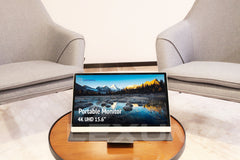 |
|
Besides the advantages mentioned above, XScreen is also with high compatibility, while wired models of XScreen are compatible with:
-PS4, Xbox One, Switch* and other gaming consoles
-Smartphones, Windows PC, laptops: Huawei, Oppo, Samsung, Apple MacBook, ChromeBook, etc.
-Huawei Mate10, P20, Mate20 X, Oppo R17 Pro, Samsung S8, S8+, S9, S9+, S10e, S10, S10+, Note 8, Note 9
-Laptops: MacBook 12", MacBook Pro, MacBook Air, Xiaomi Air 12.5/13.3", Pro 15.6" etc.
If you are not sure whether your own devices which can output video over Type-C connection, you can check the list of devices <HERE>.
If your device is not supported by Type C, you can also check if it supports HDMI connection.
Wireless model of XScreen is compatible with:
- PC (windows 10), MacBook
- Tablets, Smartphones that support screen mirroring functions



